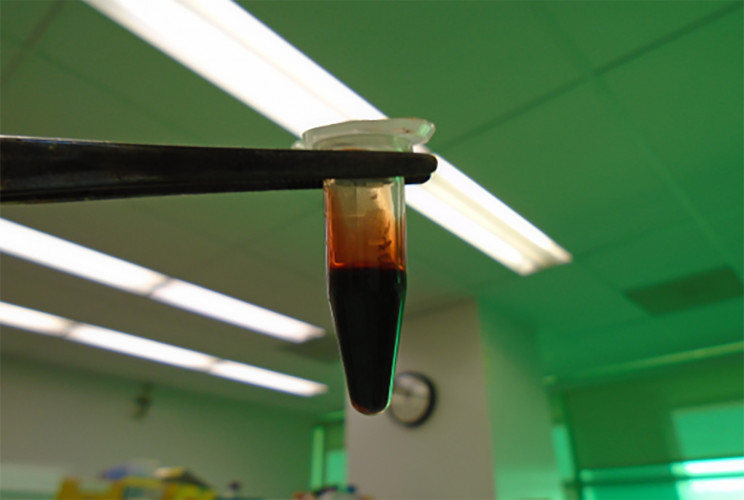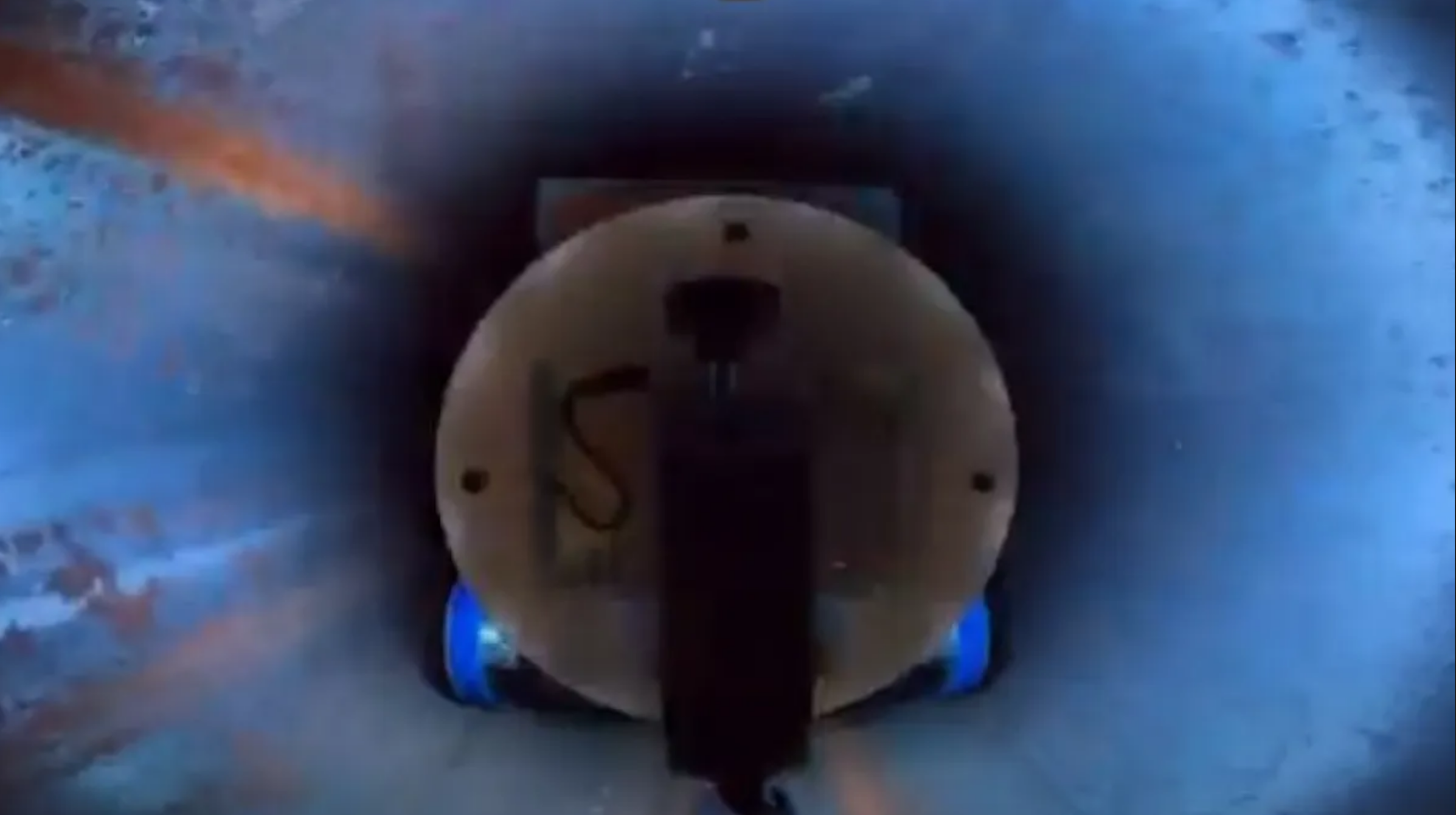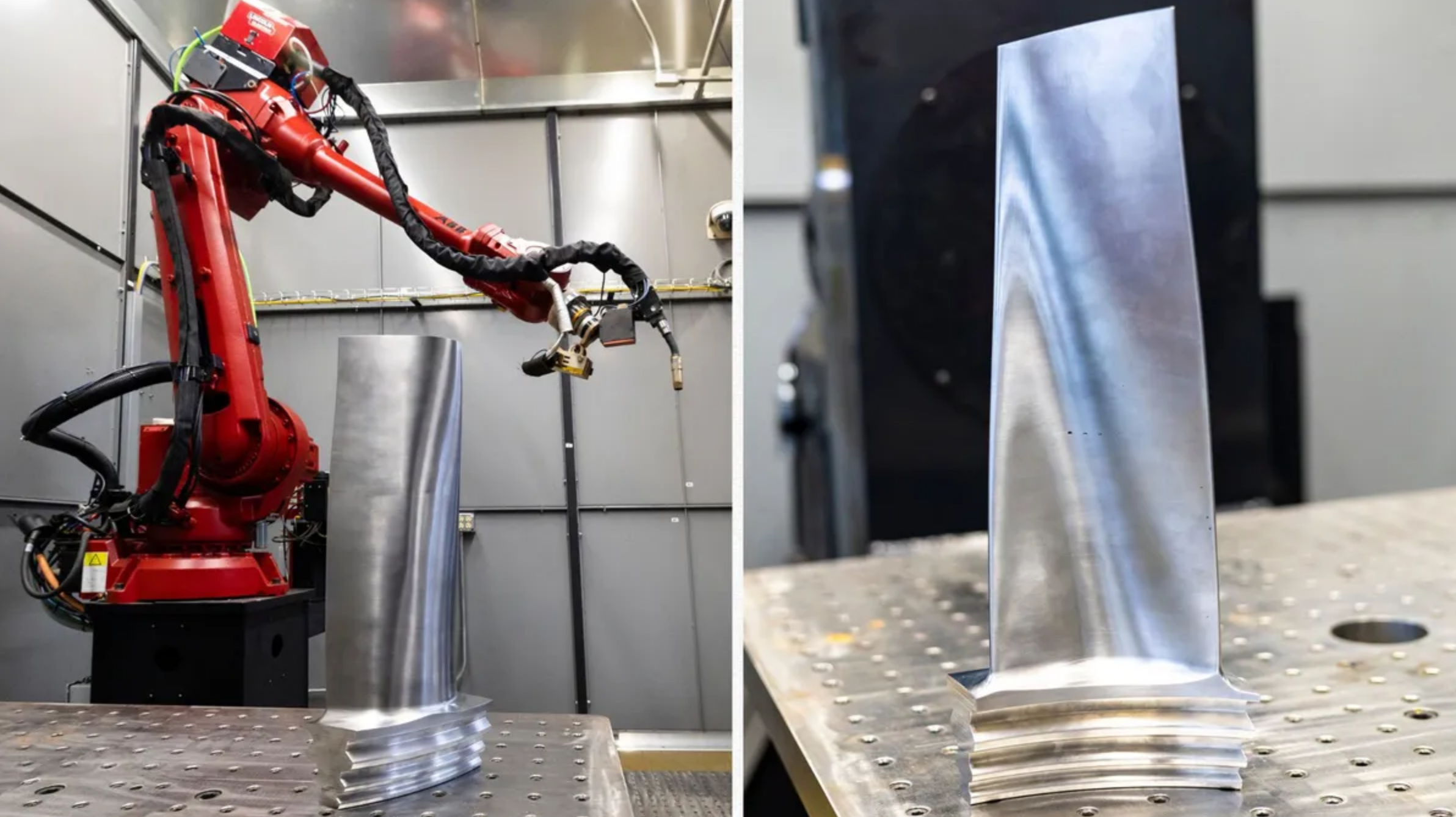There are now over one billion cars traveling roads around the world directly and indirectly costing trillions of dollars in material resources, time and noxious emissions. Imagine all these cars running cleanly for 100 years on just 8 grams of fuel each.
Laser Power Systems (LPS) from Connecticut, USA, is developing a new method of automotive propulsion with one of the most dense materials known in nature: thorium. Because thorium is so dense it has the potential to produce tremendous amounts of heat. The company has been experimenting with small bits of thorium, creating a laser that heats water, produces steam and powers a mini turbine.
Current models of the engine weigh 500 pounds, easily fitting into the engine area of a conventionally-designed vehicle. According to CEO Charles Stevens, just one gram of the substance yields more energy than 7,396 gallons (28,000 L) of gasoline and 8 grams would power the typical car for a century.
The idea of using thorium is not new. In 2009, Loren Kulesus designed the Cadillac World Thorium Fuel Concept Car. LPS is developing the technology so it can be mass-produced.
Wider Implications of Thorium
According to Robert Hargraves, “low or non-CO2 emitting energy sources must be cheaper than coal or will ultimately fail to displace fossil fuels.” The United States uses 20% of the world’s energy today and, according to Hargraves, if it cut its CO2 emissions to zero, 80% produced by other countries would still be a problem. With CO2 emissions climbing seemingly beyond all bounds, pessimism is rampant and bold ideas are needed.
Thorium may also be the answer to the world’s nuclear energy conundrum and Wikipedia provides some of its advantages:
- Weapons-grade fissionable material (233U) is harder to retrieve safely and clandestinely from a thorium reactor; this means, for example, Iran could be asked to develop only a thorium based reactor, virtually eliminating the issue of nuclear weapon development.
- Thorium produces 10 to 10,000 times less long-lived radioactive waste;
- Thorium mining produces a single pure isotope, whereas the mixture of natural uranium isotopes must be enriched to function in most common reactor designs. The same cycle could also use the fissionable U-238 component of the natural uranium, and also contained in the depleted reactor fuel;
- Thorium cannot sustain a nuclear chain reaction without priming,[29] so fission stops by default in an accelerator driven reactor.
Hargraves sees factories and other industrial concerns using thorium as well. Stay tuned as we track this idea and its development.
Related articles on IndustryTap:
- Why the Decades-Old Decision to Give Up Funding Thorium Still Haunts the U.S. Government
- Is Thorium the Safer, Cleaner, More Powerful Alternative to Fossil Fuels?
- World’s First Fuel Cell Driven Locomotives & Electric Grids
- New Fuel Cell Technology Efficiently Converts Natural Gas To Energy, Runs Off Grid
- The Power Of “Salinity Gradients”: Novel, Sustainable & Renewable Energy Via Osmosis
- Government 2.0 Could Be Worth $3 Trillion Worldwide
Thanks for reading! To thank you, here are a few resources you may find helpful.






